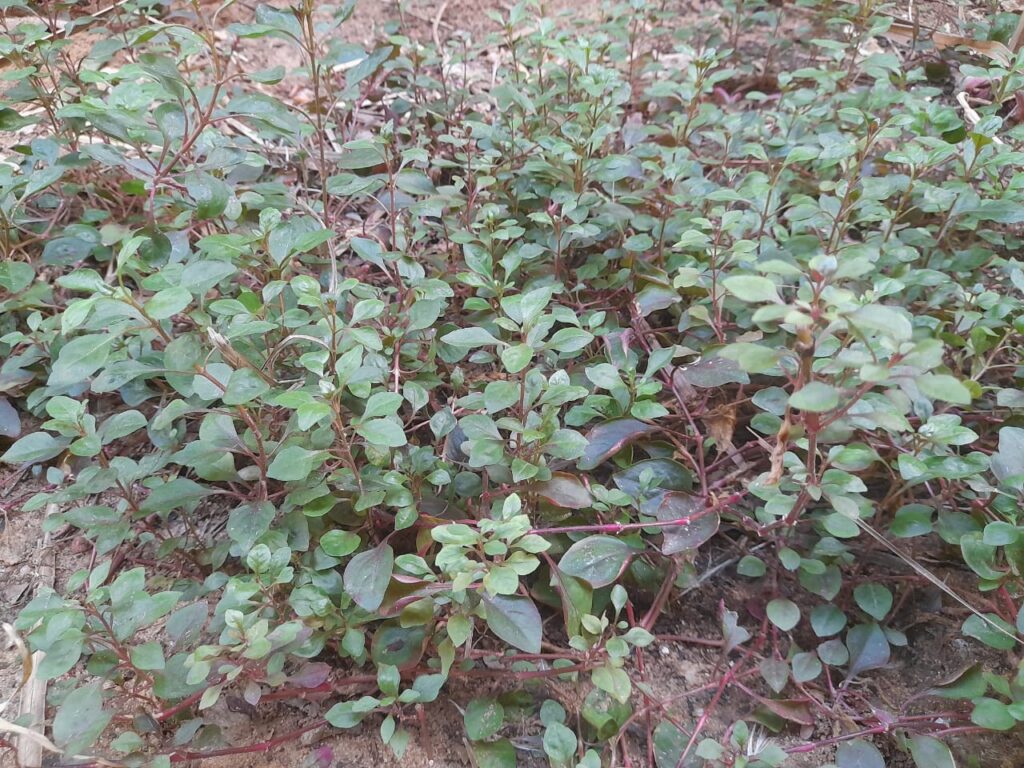Definition and Types of Cover crops

Growing cover crops in your garden is an excellent way to improve soil fertility and health. Besides that they prevent weed growth, attract beneficial insects and pollinators, control soil erosion and soil compaction, prevent diseases and pests, and promote biodiversity. Cover crops are cost-effective and do not need much maintenance. They can be planted four weeks before the first frost date.
Types of Cover crops
1.Grass
Grass grows a lot faster and its fibrous root systems help to hold the soil in place preventing soil erosion. Although they do not fix nitrogen in the soil they accumulate lots of nitrogen from the soil.
Examples of grass include Ryegrass, Barley and Pearl millet.
2.Legumes
One of the main reasons why legumes are grown as cover crops is because it helps to fix nitrogen in the soil. Some of the other benefits of growing legumes is that they attract beneficial insects, and control weeds and soil erosion.
Examples of legumes include Alfalfa, Clover and Field peas.
3. Non-Legumes Broadleaves
These cover crops do not fix nitrogen in the soil but they absorb huge quantities of nitrogen from the soil. They can be used as a green manure crop.
Examples include Buckweed and Oilseed radish.
4. Cocktail or Mixtures
Combining grass and legumes gives the benefit of both. They help to control weeds, attract pollinators, fix nitrogen and tolerate extreme conditions.
